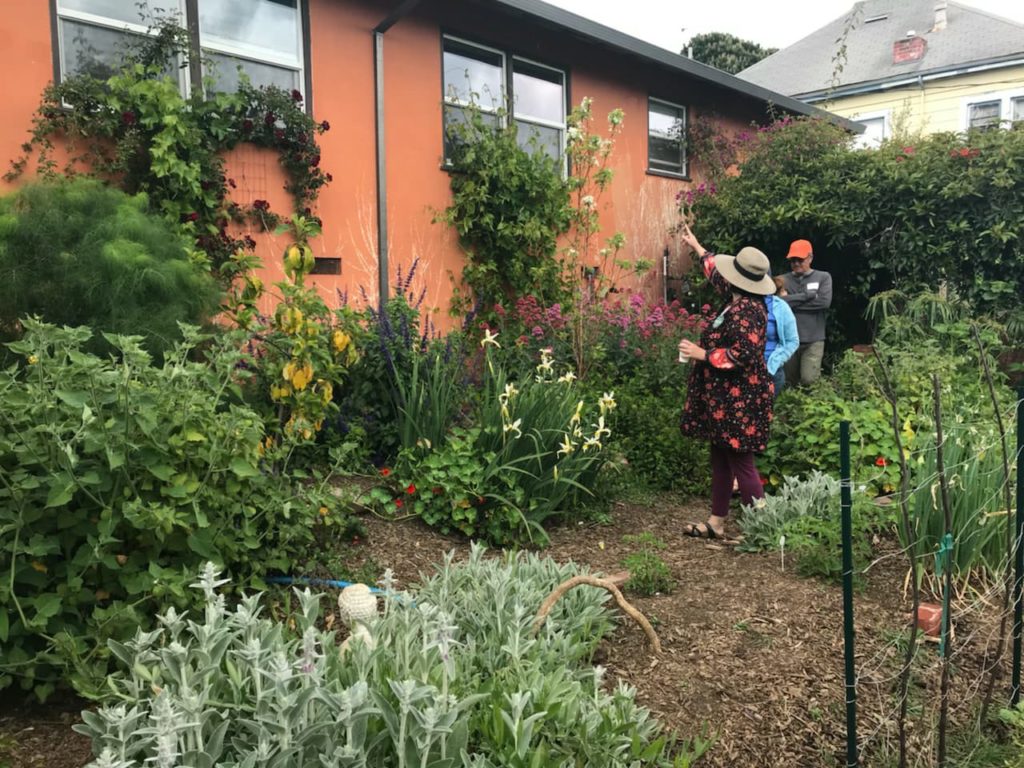Kathleen Huffman’s going-away party at the Birds, Bees and Beyond garden in Benicia
A few weeks ago, I was asked if I might write something about what being involved with Sustainable Solano has meant for me and the first thing that came to mind was a farewell party that I had attended over the summer. Like many things in life, it was bittersweet; a goodbye to a lovely woman who had decades on me but who could probably kick my butt with one hand tied behind her back, eyes closed, and half drunk. She was moving back to her family farm in Oklahoma to do amazing things.
I first met Kathleen when she was a slightly bushier-tailed lovely woman who could kick my butt equally well then, but luckily she was focusing her energy on digging swales, learning about permaculture from the Yoda of permaculturists, David Mudge, and installing the food forest that has indelibly changed my life course for the last four years. I could write an essay on Kathleen in the short bursts of time I’ve gotten the pleasure to interact with her — how she always wore a wonderful hat of some sort, spoke with a delightful accent and owned “y’all” like no one else could, how she built a bench for the boys from an old railway station bench design she had tucked away for years, how she had endless energy (possibly granted to her in the form of super-sugar-saturated ice cream coffee beverages), how she had took Toby Hemenway’s last permaculture certificate class that he taught, even as he was dying of cancer, how she teared up at a symposium and told us that gardening, and Sustainable Solano in particular, had saved her life, how she tirelessly planned and installed handfuls of gardens across the county, touching a myriad of lives.
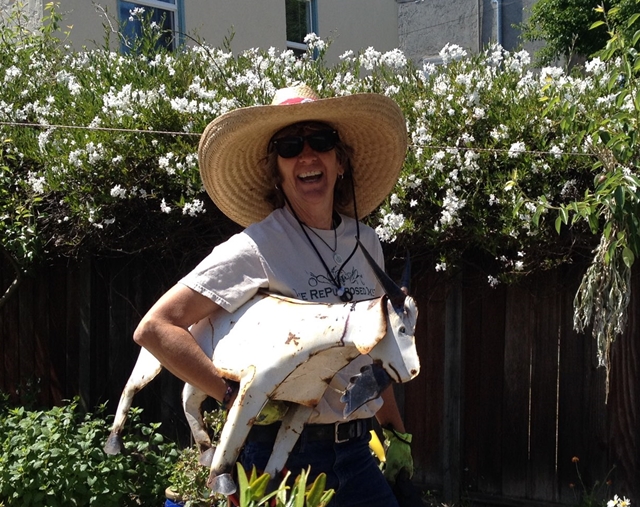
Landscape Designer Kathleen Huffman
But this story isn’t about Kathleen. It is about Kathleen’s going-away garden party.
Kathleen’s going-away party was held in the backyard of another friend, Heather, whom I had met as part of the Sustainable Backyard project. Like me, she volunteered her yard as a guinea pig for the demonstration project, but unlike me, she was into all things green and growing. She tended to spout off the names of plants in Latin and talked mumble-jumbo about soil health, greywater use, and how to prune bushes into a bowl-shape with a reckless regard for whether her audience knew what she was speaking of or not (they would learn about permaculture whether they like it or not, damn it), like a sort of Hermione Granger of the gardening world, complete with glasses and amazingly untamable hair.
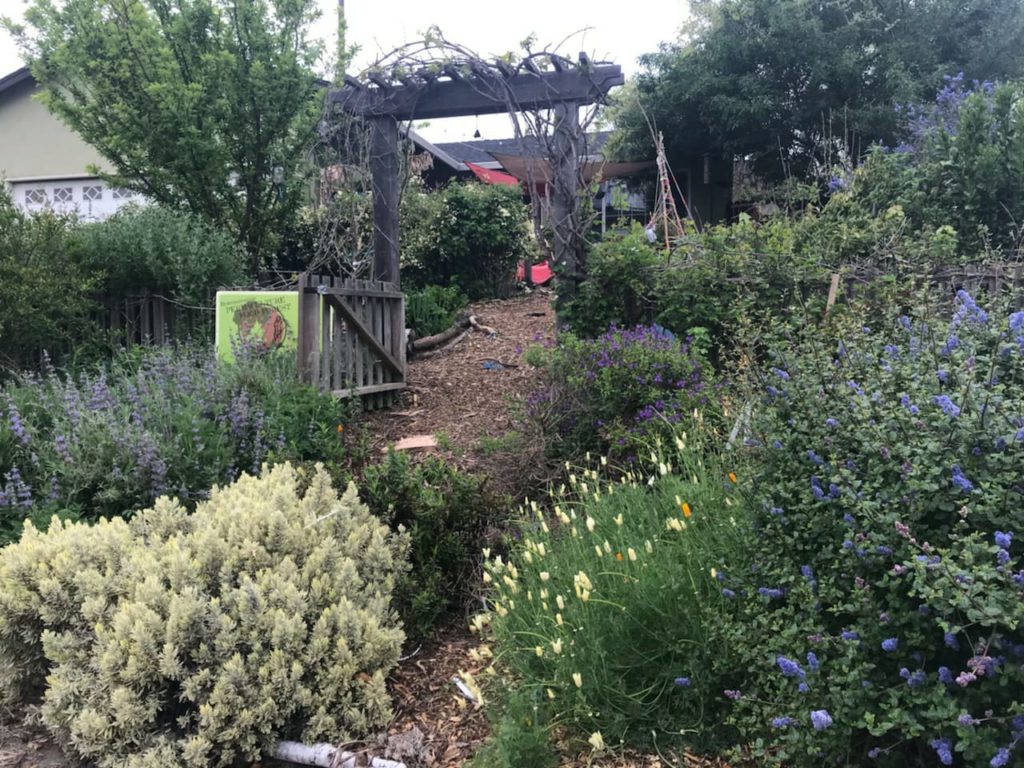
Nam’s Greyhawk Grove garden
We met when she and her family came to help with my food forest installation. We were a small group then — the pilot project — so we tried to go to everyone’s installation. We all volunteered for different reasons: one family had just moved in and were excited at a new prospect, I had told my then-husband that perhaps this garden project would help my depression, Heather had just lost her father a year earlier and needed a project, another young couple were preparing to expand their family from just a dog to having a daughter as well. We were all friendly with each other, but didn’t feel the need to force friendships — but Heather did have this one thing I needed to borrow, and I had this other thing that she was looking for, and between drop offs we talked about child-rearing, plants, and challenges. I discovered she was great company and had an acerbic sense of humor. We invited her and her family for dinner, they invited us to dinner, birthday parties, an afternoon game double-date (I was still married then), and before I knew it, her youngest was calling me, “Nam, Nam, the back-up mom.” I like to think that it was because of the convenient rhyming factor, but perhaps it was because her husband called me to watch the kids and tuck them into bed when their mom had to go to hospital. Of course I made it happen, because she had helped me out with babysitters and pinch hitting with my own family as life inevitably happened. Neither of us had family nearby, and finding a good friend was invaluable.
Heather’s backyard was lush and lovely. Nothing surprising, given that it was a demonstration yard, and one run by a green thumb at that. She was in great spirits, which is to be expected as she loved to host parties, but not counted on, because a couple years after we met, she fell quite ill with an auto-immune disease that often left her in pain and derailed her own life plans.
As life plans go, that summer I was grappling with my newly divorced life, and awkwardly navigating the weekend without my children, a novelty I was still getting used to. I found company and gave a hug to another woman who had also worked on my garden installation alongside her future husband — I watched from afar as they dated, married, seemed to be ready to take on the world together, and as life plans often do, fell apart. I sat briefly in a circle chatting with her and others about venturing into the world of online dating. It was light conversation made from heavy experiences.
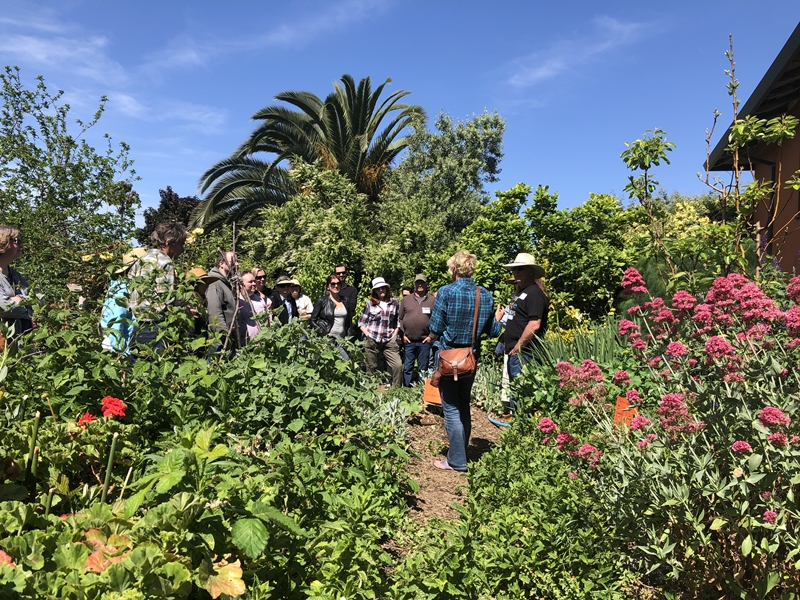
Heather’s Birds, Bees and Beyond during the spring garden tour
Then Julie, someone else who’s garden Kathleen transformed, took out a guitar and led everyone in a rendition of Peter Paul and Mary’s “Garden Song.” The lady of the hour was in tears. Afterward, I sat with Julie, catching up on how her life and her garden was growing. She told me of how she was really enjoying Vallejo and trying to build a community like Berkeley where she left. Of looking forward to her adult daughter visiting since she didn’t get to see her that often and how her mother was in failing health. Her phone rang and she looked down. “I have to get this,” she apologized, “It’s my mom’s health worker.”
I gave her space and found someone else who was standing in his own space at the edge of the garden. I knew him also from the garden installation days — he was the tree whisperer who had saved my lemon tree. I had not seen him in a while and was happy that he had showed up to give Kathleen a proper send off. How are you? I asked. I haven’t seen you in such a long while. He fiddled with his cup, well, he said, this is the first time I’ve been out in a long while. Really? I asked, and as garden folks do, waited.
We learn to wait for seed to germinate, to sprout, to grow, to fruit, to seed. We learn to wait for sun, for rain, for weather. So much is out of our control, but we work with it, and often spring and summer makes it all worth it.
I haven’t been out much since my father died, he said. I am sorry to hear that, I replied. When did he die? Nearly a year ago, and I know that’s a while ago but I’ve just been busy closing up his affairs, selling the house … he petered out. A year isn’t so long ago, I say. You know, he continued, sometimes I spend entire days dreading leaving the house, and go to an event where I am wanted and that I want to go to. It sounds crazy.
It isn’t crazy at all, I said, thinking of how in the severest days of my depression, it was as if I was moving through molasses. It is hard. It is hard to just be and do things, and that’s okay.
Thank you for saying that, he said. We observed the garden for a bit. He pointed out a butterfly bush that had long dull leaves on top and amazing variegated coloring on the bottom. I’d love to bring that lovely coloring out, he said. Trim back the top branches a little. I chuckled and said that I was sure Heather wouldn’t mind if he whipped out his pruners and did a little arborist work right then and there.
He smiled, looked down and seemed to notice again that he was holding a cup and not his shears. He said, you know, it just seems like my friends are in such different places, he continued. They don’t know what to say or do. I mean, how many people have lost a parent?
I stood next to him and looked out at the party. I saw Julie still talking on the phone. Heather pointing out plants. Folks gathered in clusters and enjoying in each other’s company. How easy it was to just see their surfaces and not roots. I wanted to tell him, more people here would understand than you think. Instead I said, “I am glad that you are here. May I give you a hug?”
He said yes, and I held him tight. I didn’t let go until he did. Thank you, he said softly. I made sure to not respond when he blinked away tears. I didn’t want him to feel like he needed to apologize for being human.
For everyone present was human. In all their foibles, experiences, joys and losses, lonelinesses and connections. There, at the farewell garden party, was Sustainable Solano at its heart: new beginnings, bittersweet farewells, growth, discoveries, pain, loss, resilience, passions, yearnings and desires — the humans and the gardens that wove them all together. The belief that through earth care, human care, and fair share, we can sustain and fill each other up.
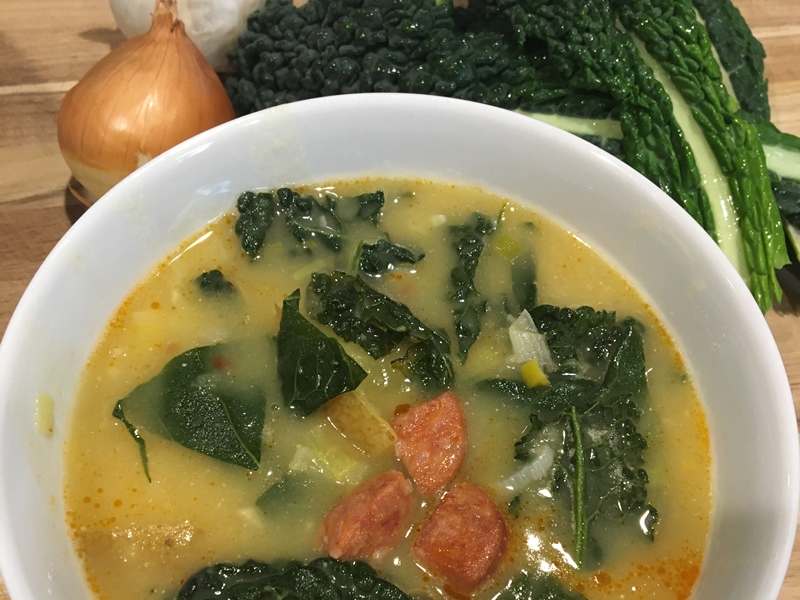

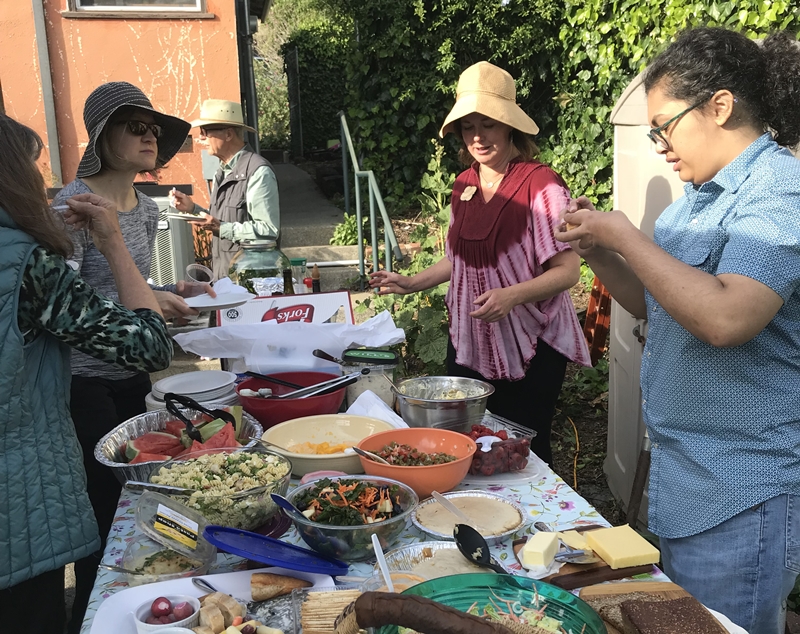



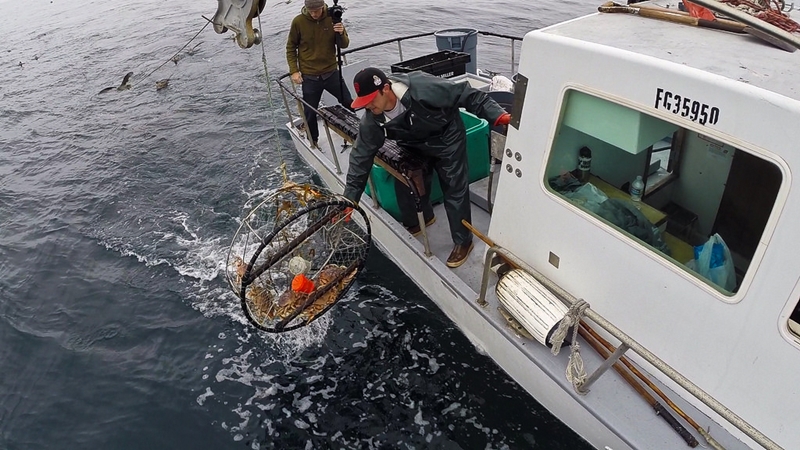
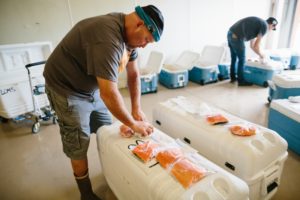 Below is a Q&A with Emily about
Below is a Q&A with Emily about 
